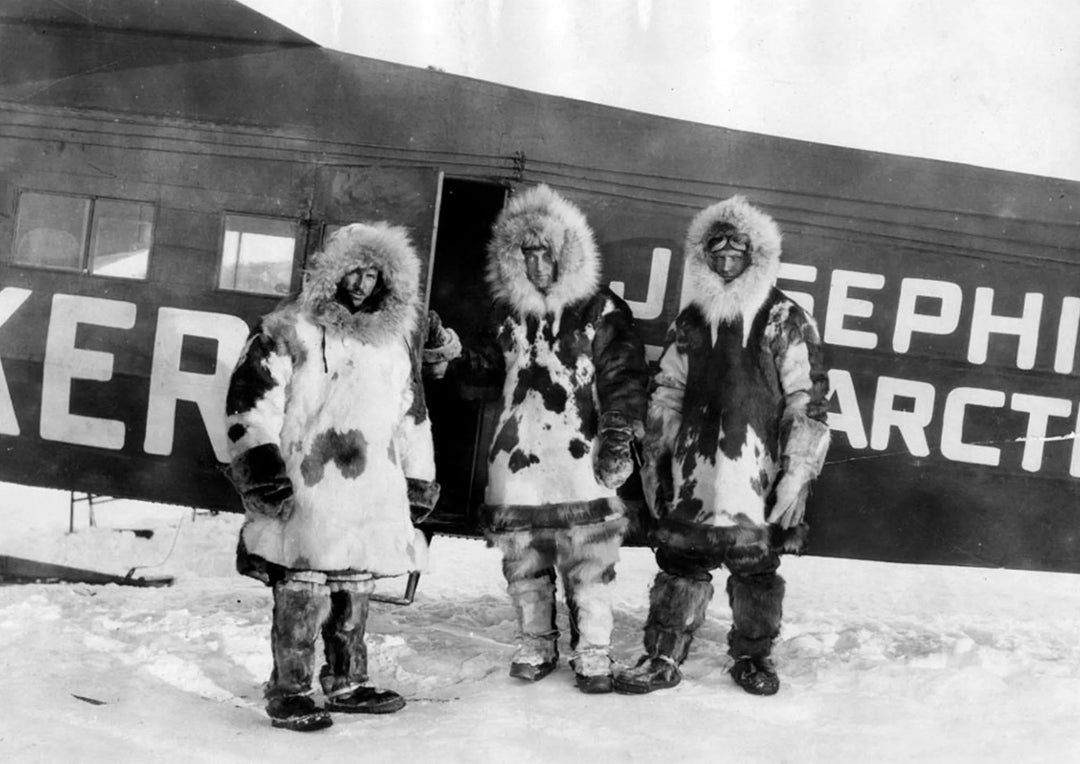Motorcycle leather jackets are more than just a piece of gear; they are a combination of style, protection, and durability. For riders, these jackets act as a shield against harsh weather conditions and road debris while enhancing their overall aesthetic. However, like any other essential gear, leather jackets require proper care to ensure they last for years without losing their charm or functionality.
Neglecting leather jacket care can result in cracking, fading, and stiffness, making it less effective as a protective layer. Maintaining the integrity of your leather motorcycle jacket enhances its lifespan and ensures it remains a reliable part of your riding gear. This guide delves into practical and effective ways to maintain motorcycle leather jackets, keeping them in pristine condition for long rides.
Understanding Different Leather Types
Leather motorcycle jackets are crafted from various leather types, each with unique properties and care requirements. Understanding the material of your jacket is the first step to effective maintenance.
1. Cowhide Leather
Cowhide is the most common leather used in motorcycle jackets due to its durability and abrasion resistance. It provides excellent protection against rough terrains and harsh weather, making it a preferred choice for riders. However, it can feel stiff initially and requires regular conditioning to maintain suppleness.
2. Buffalo Leather
Buffalo leather is rugged and thicker than cowhide, offering superior resistance to wear and tear. Its textured appearance adds a rustic aesthetic, but it is prone to dryness if not conditioned regularly.
3. Lambskin Leather
Lambskin leather is softer, lighter, and more flexible than cowhide and buffalo leather. While it is luxurious and comfortable, it is less durable and requires extra care to prevent scratches and damage.
Identifying Your Leather Type
-
Check the care label inside the jacket for material information.
-
Feel the texture: cowhide is tough, buffalo leather is textured, and lambskin is smooth and soft.
-
Knowing your leather type allows you to choose the right products and techniques for maintenance.
Pre-Cleaning and Preparation
Before you start cleaning your motorcycle leather jacket, preparation is crucial to avoid unintended damage.
Necessary Tools and Supplies
-
Mild leather cleaner or soap.
-
Microfiber cloths and sponges.
-
Soft-bristled brush for detailing.
-
Leather conditioner.
-
Distilled water.
-
A sturdy hanger for drying.
Steps to Prepare Your Jacket
-
Remove Detachable Parts: Take off any removable liners, zippers, or hardware to clean them separately and prevent grime transfer.
-
Dust the Surface: Use a dry microfiber cloth to wipe away loose dirt and dust.
-
Spot Test Cleaners: Test your chosen leather cleaner on a hidden area to ensure compatibility and avoid discoloration.
Cleaning Your Leather Jacket
Regular cleaning keeps your jacket free from dirt, grime, and odors while preserving its natural oils.
Surface Dusting and Debris Removal
-
Use a damp microfiber cloth to wipe down the surface gently.
-
Pay attention to seams, folds, and high-contact areas like cuffs and collars.
Deep Cleaning Techniques
-
Apply Leather Cleaner: Use a mild leather cleaner on a soft cloth and clean in circular motions.
-
Focus on Stains: For stubborn stains, use a leather-safe spot cleaner and gently rub the affected area.
-
Avoid Excess Water: Excess moisture can damage the leather. Use distilled water sparingly for rinsing.
Cleaning Textile Parts
-
Remove textile liners and machine wash according to care instructions.
-
Spot clean any fabric parts attached to the jacket with mild detergent.
Drying and Conditioning
Drying and conditioning are critical steps to restore and maintain your leather jacket’s suppleness and sheen.
Proper Drying Techniques
-
Lay the jacket flat on a clean surface or hang it on a wide hanger.
-
Avoid direct sunlight or heat sources like hairdryers, as they can dry out and crack the leather.
Conditioning for Suppleness
-
Choose the Right Conditioner: Use a high-quality leather conditioner to replenish natural oils.
-
Apply Sparingly: Use a soft cloth to apply a small amount in circular motions, focusing on seams and creases.
-
Buff to Shine: After absorption, gently buff the surface with a clean, dry cloth.
Protecting the Leather
A protective barrier ensures your leather jacket remains resilient against the elements.
Waterproofing and Weather Resistance
-
Apply a waterproofing spray designed for leather to prevent moisture damage.
-
Focus on seams and areas prone to water exposure.
Routine Maintenance Tips
-
Wipe down your jacket after every ride to remove dirt and sweat.
-
Condition every 3–6 months to maintain flexibility and luster.
Regular Maintenance
Consistent care prevents damage and extends the life of your jacket.
Cleaning and Conditioning Frequency
-
Clean whenever visibly dirty and condition every few months to avoid cracking.
-
For frequent riders, increase conditioning frequency to combat wear.
Inspecting for Wear and Tear
-
Regularly check for loose stitching, scratches, or small tears.
-
Address minor issues immediately to prevent further damage.
Storage Solutions
Proper storage protects your leather jacket during off-season months.
Best Practices
-
Use a padded or wooden hanger to retain the jacket’s shape.
-
Store in a breathable garment bag to shield against dust and moisture.
-
Keep in a cool, dry place away from direct sunlight.
Climate Control
-
Maintain consistent humidity levels to prevent the leather from drying or molding.
-
Avoid storing in basements or attics with extreme temperature fluctuations.
When to Seek Professional Care
Some issues require expert attention to ensure your jacket’s longevity.
Signs You Need Professional Cleaning
-
Persistent stains or odors that don’t improve with DIY cleaning.
-
Extensive cracks or tears that compromise the jacket’s appearance.
Professional Services
-
Specialized leather care services offer deep cleaning, color restoration, and repairs.
-
Using professional-grade treatments, they restore your jacket’s functionality and aesthetics.
Maintaining a motorcycle leather jacket is essential for preserving its aesthetic appeal, functionality, and longevity. By understanding the leather type, following a consistent cleaning and conditioning routine, and taking preventative measures, you can ensure your jacket remains a reliable companion for long rides. From protecting it against harsh weather to addressing wear and tear promptly, these steps help retain the jacket’s durability and charm.
For exceptional results, high-quality leather care products play a pivotal role. Products designed for motorcycle gear can clean, condition, and protect your jacket from daily wear and environmental damage. Leather care specialists like Pecard offer advanced solutions tailored to motorcycle leather, providing the ultimate protection and long-lasting shine for your gear.
FAQs
1. How often should I clean and condition my motorcycle leather jacket?
You should clean your jacket whenever it gets visibly dirty and condition it every 3–6 months. Frequent riders might need to condition more often to combat wear. For superior results, leather care products like Pecard’s specialized formulations ensure your jacket stays soft and supple while preventing cracks.
2. Can I use regular household products to clean my leather jacket?
It’s best to avoid household cleaners as they can strip natural oils and cause damage. Use leather-specific cleaners for safe and effective results.
3. What should I do if my leather jacket gets soaked in the rain?
Gently blot away excess moisture with a clean cloth and let the jacket air dry naturally. Avoid direct sunlight or heat sources to prevent shrinkage or cracking.
4. How can I remove a persistent odor from my leather jacket?
Use a leather-safe odor remover or a vinegar and water solution. Let the jacket air out in a well-ventilated area to eliminate lingering smells.
5. Is it necessary to use a leather protector spray?
Yes, using a leather protector spray helps enhance water resistance and protects the jacket from environmental damage, ensuring its longevity. Premium leather care products offer excellent protective solutions tailored for motorcycle gear.






